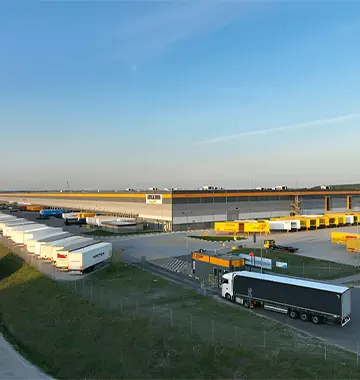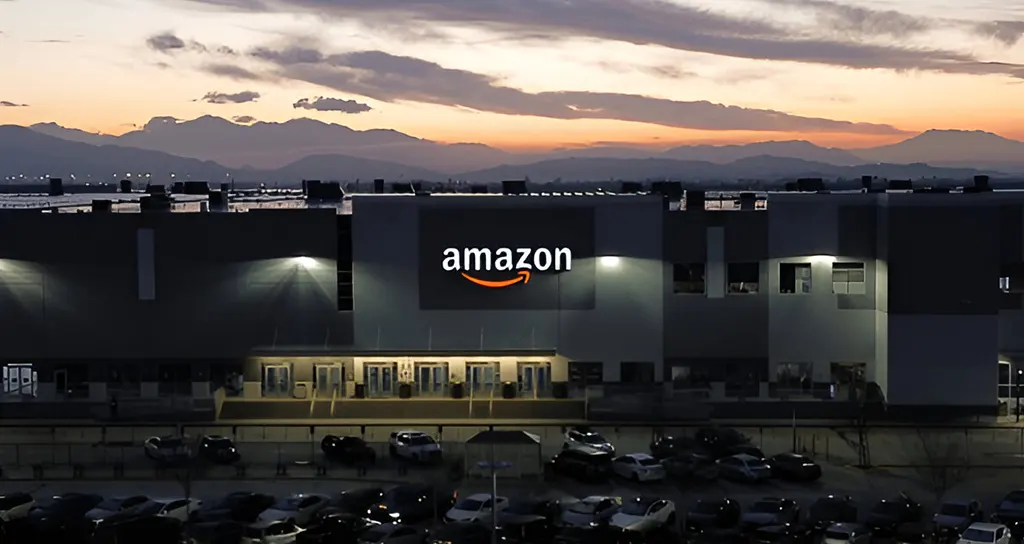First Fulfillment Services with 20% Off
Sign up today and save 20% on your first order. Fast, affordable, tax-free Amazon prep fulfillment.
For Amazon sellers, choosing the right fulfillment method is crucial to optimizing operations, controlling costs, and ensuring customer satisfaction. Three primary fulfillment options exist: Fulfillment by Amazon (FBA), Fulfillment by Merchant (FBM), and Seller Fulfilled Prime (SFP). Each model has distinct advantages and challenges that affect inventory management, shipping, customer service, and profitability. This guide explores these models to help you to understand the differences between amazon FBA vs FBM vs SFP.

Amazon provides sellers with three primary fulfillment models, each catering to different business needs and operational strategies.
With FBA, sellers send their products to Amazon’s fulfillment centers, and Amazon handles storage, packing, shipping, customer service, and returns. This model is ideal for sellers looking to streamline logistics and leverage Amazon’s vast fulfillment network.
Prime Eligibility FBA products qualify for Amazon Prime, increasing visibility and conversion rates.
Automated Logistics Amazon takes care of packaging, shipping, and customer service.
Buy Box Advantage Higher chances of winning the Buy Box, leading to more sales.
Higher Costs: Storage and fulfillment fees can be significant, especially for slow-moving inventory.
Less Control: Limited ability to customize packaging or directly handle customer issues.
Long-Term Storage Fees: Products that remain unsold for extended periods incur additional costs.
With FBM, sellers handle their own inventory, packing, shipping, and customer service. This model works best for businesses wanting complete control over fulfillment while avoiding Amazon’s storage fees.
Lower Fees No FBA storage or fulfillment charges, reducing operational costs.
Full Control Sellers can manage inventory, branding, and shipping methods.
Better Profit Margins Suitable for unique, handmade, or low-margin products.
No Prime Badge Lower visibility since FBM listings aren’t eligible for Amazon Prime.
Logistics Responsibility Sellers must handle their own storage, packing, and shipping efficiently.
Customer Service Management Full responsibility for customer inquiries, returns, and refunds.
Prime Badge Without FBA Fees SFP sellers gain Prime eligibility while avoiding Amazon’s storage costs.
Greater Control Sellers manage inventory and fulfillment but still benefit from Prime’s reach.
Improved Brand Experience Ability to customize packaging and customer interaction.
Strict Performance Standards Requires a high level of efficiency to maintain Prime eligibility.
Shipping Costs Sellers must meet Amazon’s fast-shipping requirements, which can be expensive.
Inventory Management Challenges Requires robust fulfillment systems to handle Prime-level demand.
Each fulfillment method aligns with different business models. Consider these factors when deciding:

FBA : High fulfillment fees but offers automation and Prime benefits.
FBM : Lower fees but requires investment in logistics.
SFP : Avoids FBA fees but requires meeting Prime shipping standards.
FBA : Amazon handles everything, ensuring fast delivery.
FBM : Seller manages shipping; requires a reliable system.
SFP : Seller ships but must meet Amazon’s Prime-level speed and reliability.
FBA : Amazon manages customer service and returns.
FBM : Sellers handle all customer inquiries and return processing.
SFP : Sellers must provide top-tier customer service while maintaining Prime standards.
FBA & SFP : Prime eligibility boosts product visibility and sales.
FBM : No Prime benefits, making it harder to compete for the Buy Box.
If you want to scale quickly and focus on sales rather than logistics.
If your products have high turnover and benefit from Prime eligibility.
If you prefer Amazon handling customer service and returns.
If you sell unique, handmade, or low-margin items that require customized packaging.
If you have a strong logistics setup and can manage fulfillment efficiently.
If you want to maintain control over branding and customer interactions.
If you want Prime eligibility without the costs of FBA.
If you have the infrastructure to meet Amazon’s strict shipping standards.
If you sell high-value or fragile items that require special handling.
In conclusion, this blog has clarified the differences between amazon FBA vs FBM vs SFP. Selecting the right Amazon fulfillment model is essential for business success. Amazon FBA sellers benefit from Prime access and streamlined logistics, while FBM sellers retain control and cost savings. SFP sellers enjoy Prime benefits without FBA’s fees but must meet strict shipping requirements. Evaluating your business goals, costs, and logistics capabilities will help determine which model best aligns with your long-term success on Amazon.
Amazon FBA (Fulfillment by Amazon) lets Amazon handle storage, shipping, and customer service. FBM (Fulfillment by Merchant) requires sellers to manage their own logistics. SFP (Seller Fulfilled Prime) allows sellers to ship directly while still offering Prime benefits if they meet strict performance standards.
Both FBA and SFP offer Prime eligibility, boosting visibility and sales potential. FBA is easier to access Prime, while SFP requires sellers to meet Amazon’s fast-shipping standards independently.
FBM can be more cost-effective than FBA because it avoids Amazon’s storage and fulfillment fees, but it requires sellers to invest in their own shipping, inventory, and customer service operations.
SFP offers Prime badge benefits without paying FBA fees, giving sellers more control over branding, inventory management, and packaging while maintaining fast Prime-level delivery standards.
Choosing between FBA, FBM, and SFP depends on your business goals, inventory volume, shipping capabilities, and budget. Sellers aiming for fast scaling often choose FBA, while those seeking full control or cost savings may prefer FBM or SFP.

Need efficient logistics? We offer hassle-free shipping, warehousing, and supply chain solutions to ensure safe, on-time delivery!

Sign up today and save 20% on your first order. Fast, affordable, tax-free Amazon prep fulfillment.